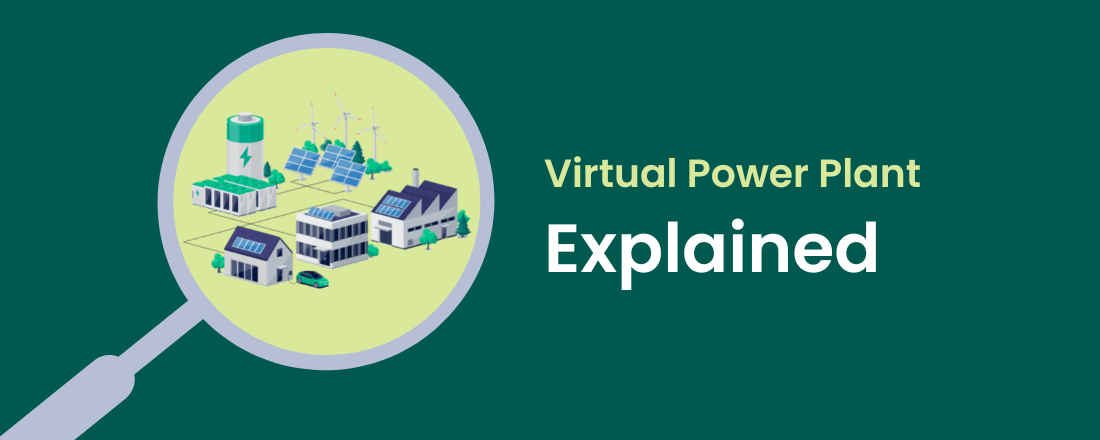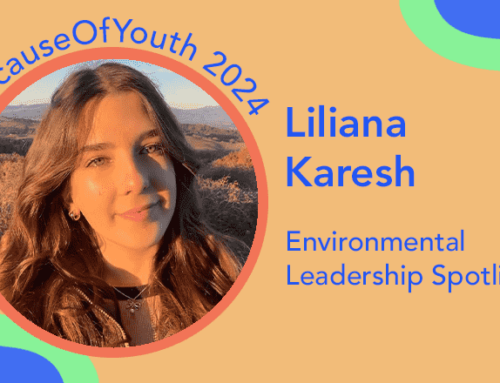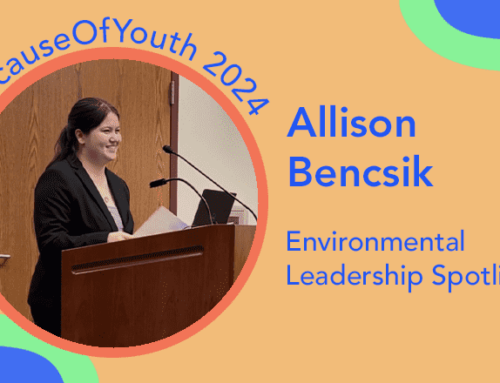Earlier this year, MCE announced our Virtual Power Plant (VPP) Pilot in Richmond, California. VPPs are one of the ways that power providers are creating a more resilient and flexible energy future. In this blog we will cover the definition of VPPs and how they help strengthen our power grid.
What’s the difference between a virtual power plant and a traditional power plant?
Like a traditional power plant, VPPs provide electricity to the grid, but a few key differences set them apart. A traditional power plant consists of one large central power source located in an individual location such as a gas-fired power plant.
In contrast, a VPP consists of several small-scale distributed energy resources that are connected on a virtual network. Examples of distributed energy resources include rooftop solar, home batteries, and smart thermostats. A VPP can remotely coordinate these independent technologies to respond to grid needs.
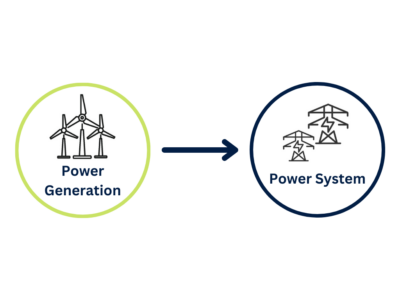
Traditional Power Plant
- One central source of power
- One physical location
- Can add energy supply to the grid
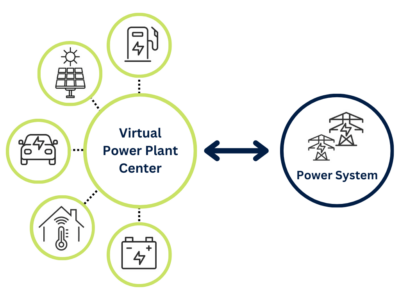
Virtual Power Plant
- Several smaller energy technologies connected virtually
- Different physical locations across a community
- Can add energy supply to the grid, and can also reduce energy demanded from the grid
What are the benefits of a virtual power plant?
VPPs help meet energy needs with on-site devices to give people more control over their usage. Homes and businesses collectively contribute to grid health by balancing the amount of energy supplied to the grid with the amount of energy they demand. Traditionally the main strategy to balance electricity supply and demand is increasing energy supply. In times of emergency or when electricity supply on the grid has to quickly ramp up to meet demand, this could mean turning on a power plant to increase supply. VPPs, on the other hand, allow closer control over on-site demand because they incorporate technologies that create demand such as smart thermostats and EV chargers.
Benefit #1: Fewer Outages
Outages can occur when there isn’t enough energy supply to meet demand. VPPs provide tools to respond to fluctuations in demand more effectively and swiftly. Using a VPP at critical times to reduce energy consumption and deploy additional clean energy supply is an invaluable resource to help the state avoid blackouts.
Benefit #2: More Clean Energy
Energy generated from renewables varies from day to day. As rooftop solar has become more common, California has accumulated an excess of solar energy in the middle of the day. VPPs allow power dispatchers to shift electricity demand to times when the most renewable energy is on the grid or use solar when the sun isn’t shining by charging up a storage battery for later use.
Benefit #3: A Healthier Environment and Communities
VPPs help reduce the need for California’s peaker plants, which are polluting fossil fuel plants that are relied on during times of high demand, otherwise known as “peaks”. Peaker plants emit toxic air pollution and can cause significant health and environmental issues for surrounding communities. Not all VPPs are created alike – for example, some include backup diesel generators. MCE’s pilot only uses clean energy sources to respond quickly to demand during periods of high energy usage thereby reducing the need for these polluting power plants and supporting healthier communities for everyone.
Benefit #4: Lower Energy Costs
VPPs can shift energy consumption to hours when energy costs are lower and significantly reduce bills. Households and businesses participating in a VPP have direct participation in the market and can be compensated for their stake or participation, as is the case with MCE’s VPP.
What will MCE’s VPP look like in practice?
MCE’s VPP pilot is currently in development and available to select homes and businesses in Richmond. MCE and our project partners are engaging with eligible sites to offer clean energy technologies.
For the first stage of development, 100 homes will be provided with free clean energy technology upgrades. Of these homes, 90 will be offered the opportunity to receive no- to low-cost clean energy upgrades for participation in the VPP. The remaining 10 homes were previously abandoned and recently purchased and fully modernized into zero net carbon homes. They are then sold at below-market prices to first-time, income-qualified homebuyers with the agreement that the homeowners will allow their appliances to be grid-smart enabled.

Clean energy technologies in participating homes and businesses will be networked and aggregated to receive market signals from MCE and partners for charging and discharging at times of the day when energy is cheaper and cleaner.
The VPP will provide significant bill savings for participants. It will also decrease grid strain, reducing the risk of power outages and the need for polluting power plants.
Can I join MCE’s virtual power plant?
Currently this pilot is invite-only. Eligible participants will receive an email or mailer from MCE or the City of Richmond inviting them to enroll.
If you’re a first-time homebuyer and interested in the recently renovated homes in Richmond, the first right of refusal is offered to SparkPoint clients. SparkPoint serves low-income families seeking to improve their financial situation. For more information about Sparkpoint and how to become a client, call their Richmond Center at (510) 779-3200.
MCE intends to use the learnings from this pilot to expand the Virtual Power Plant throughout our service area and support decarbonization and energy equity across Marin, Napa, Contra Costa, and Solano Counties.

